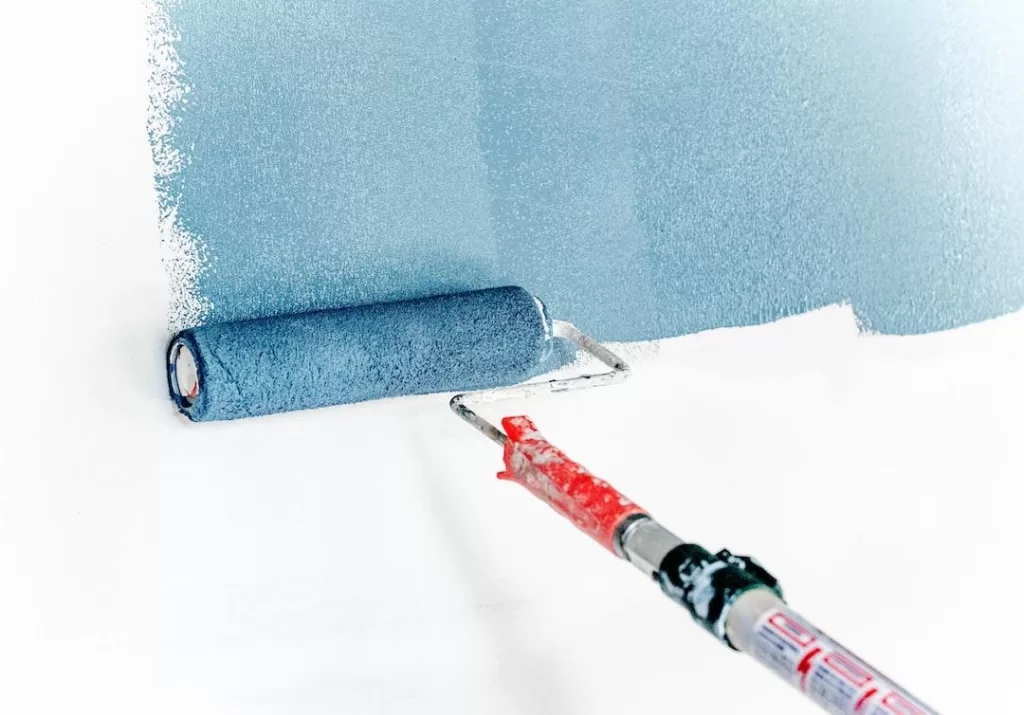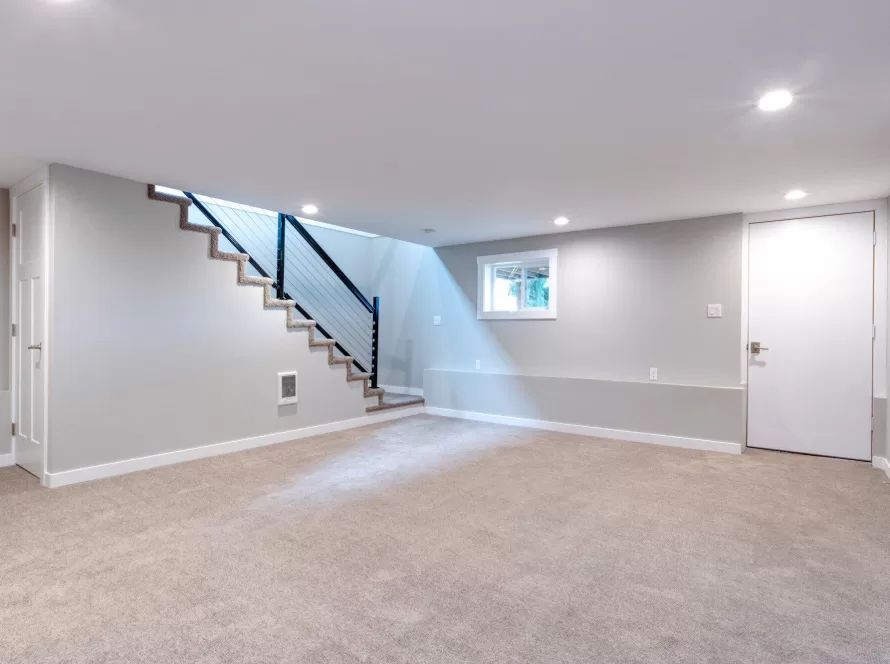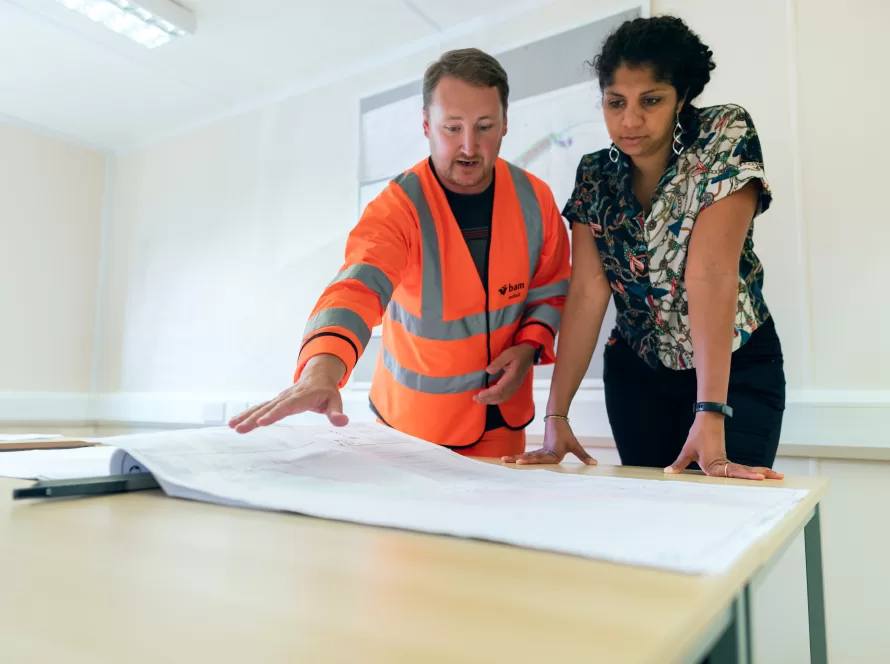If you’re considering renovating your home, you may be wondering how to do so in an eco-friendly way that reduces your environmental impact. Fortunately, there are many ways to make your home renovation more sustainable and environmentally responsible. From energy-saving appliances to renewable flooring options, many of these eco-friendly choices can help you save money, promote healthier living for your family, and help you do your part to preserve some of the planet’s resources.
The first step in engaging in eco-friendly renovations is to find a general contractor that can help you accomplish your goals. By finding the best local contractors, you can work with a professional who is familiar with eco-friendly home renovations. Keep reading to learn more about the best eco-friendly methods for home improvement.
1. Use reclaimed or renewable wood for flooring.

A very popular eco-friendly renovation solution is using reclaimed or renewable wood for flooring installation. Producing traditional hardwood flooring involves deforestation, which can come with several negative impacts. Using reclaimed wood flooring that comes from old buildings, barns, or fences instead of traditional flooring options helps preserve resources and gives old materials a second life. Reclaimed wood can help reduce the demand for new wood and minimize the carbon footprint of the production process.
Renewable flooring is also a great eco-friendly option. This type of flooring comes from fast-growing sources like bamboo, cork, or eucalyptus, which are able to regenerate quickly. The manufacturing processes for renewable flooring also use less energy and water than it takes to make traditional hardwood. Renewable wood flooring is durable, easy to maintain, and can give your home a unique look with various patterns and numerous color options. Installing reclaimed or renewable wood flooring is a significant step toward sustainable living and helps with reducing your carbon footprint and adding elegance when renovating your home.
2. Paint with low-VOC or VOC-free paint.

When working with your local painting contractor and/or interior design expert, you’ll want to request that they use paints with low levels of Volatile Organic Compounds (VOCs) or VOC-free paint. VOCs are harmful chemicals that are in most traditional paints. These chemicals can cause health issues such as headaches, dizziness, and respiratory problems and can impact the air quality in your home. Additionally, VOCs also contribute to air pollution, which is harmful to the environment.
Low-VOC or VOC-free paints are widely available and can provide a safer and more environmentally friendly alternative. These paints are made with natural and organic materials that have less harmful chemicals. They emit fewer toxins during application and drying, which makes them a healthier and safer option for home renovation projects.
4. Install low-flow toilets.
As part of your bathroom renovation project, you might consider installing low-flow toilets as a more eco-friendly solution. These toilets usually require less water than traditional toilets and can help your household conserve water while reducing the impact on the environment. Low-flow toilets use around 1.6 gallons of water per flush, compared to older toilets, which can use up to 7 gallons per flush.
Along with being more eco-friendly, low-flow toilets can also help save money on your water bill. Over time, reducing your water usage can equal significant savings. Plus, many newer models offer features like dual-flush options, allowing you to control how much water is used with each flush. You can work with your contractor when renovating your home to incorporate low-flow toilets and other devices.
5. Switch to solar energy.
Switching to solar energy is an excellent way to reduce your carbon footprint and save money on your energy bills. The sun provides an unlimited source of clean energy, and solar panels can capture that energy and convert it to power for your appliances, lights, and more. Solar panels require minimal maintenance, making them an excellent long-term investment for homeowners.
6. Use recycled glass.
Recycled glass is a perfect eco-friendly solution for many home renovation projects. Reused glass can help create a unique look for your countertops, tiles, and backsplashes. Glass tiles come in numerous colors and designs, making it easy to find material that matches your aesthetic preferences. Recycled glass countertops are a great choice as they’re remarkably durable and strong. The binder is especially hard, and these countertops are perfect for bathrooms and kitchens. The counters are also non-porous, making them easier to clean and maintain. Using recycled glass in your projects can add a unique touch to your home that traditional materials might not provide.
7. Reface cabinets rather than replace them.

Refacing cabinets has become increasingly popular as an eco-friendly and budget-friendly way to renovate a home. Refacing is essentially a replacement of the cabinet “skins,” removing the doors and drawer fronts and applying a new veneer over the existing surface. This process leaves the cabinet structure itself intact, which means it can often be completed much more quickly and with less disruption to your home than would be the case during a traditional cabinet replacement. When renovating your home kitchen, this method is a great alternative to replacing the cabinets entirely because it produces less waste and requires fewer resources. It results in a brand-new look for your cabinets without the environmental impact of replacing them.
8. Incorporate energy-efficient appliances.
Incorporating energy-efficient appliances is one of the most effective ways to renovate your home in an eco-friendly manner. By replacing old appliances with newer models that consume less energy, homeowners can significantly reduce their energy consumption and save money on utility bills. ENERGY STAR-rated appliances such as refrigerators, ovens, washing machines, and even light bulbs are designed to use less electricity without sacrificing performance, making them a smart investment for any homeowner looking to reduce their carbon footprint.
9. Install water filters to eliminate water bottles.

Bottled water is a major source of plastic pollution, and by choosing to use water filters, you can significantly reduce the amount of plastic waste your household produces. Moreover, plastic bottles are not biodegradable and often end up in landfills or in our oceans, causing harm to wildlife and the environment. By installing water filters, not only will you reduce your carbon footprint but also save money in the long run since buying bottled water can be expensive.
10. Repurpose as many items as you can.
Instead of throwing items away and buying new items during your renovation, consider refurbishing, repairing, or updating them. This can involve giving a fresh coat of paint, adding new upholstery, or replacing hardware. This option can save you money while preventing the items from ending up in landfill, where they can take centuries to decompose.
Repurposing items when renovating your home can also involve looking for second-hand items in thrift stores, garage sales, or online marketplaces. These items can be refurbished or used as is, adding a unique touch to your home decor while reducing waste. When selecting pre-owned items, make sure they’re still functional, safe, and free from contaminants such as lead-based paint or asbestos.
11. Consider a renewable heating system.
One of the innovative changes you can make during the renovation process is to consider a renewable heating system. Conventional heating and cooling systems consume an enormous amount of energy, and they generate a considerable amount of greenhouse gas emissions. On the other hand, renewable heating systems, such as geothermal heat pumps, can significantly lower energy consumption and reduce emissions.
Geothermal heat pumps are one of the most efficient ways to harness the earth’s natural energy to heat and cool your home. They work by transferring heat to or from the earth through a series of pipes that are buried in the ground. These systems consume less energy than traditional heating systems because they rely on natural renewable energy sources, and they also reduce greenhouse gas emissions. Furthermore, renewable heating systems can also help you save money in the long run by reducing your energy bills over time. When selecting an HVAC technician, be sure to ask them about renewable heating systems.
12. Invest in high-quality insulation.

Compare Quotes from Top-rated Remodeling Contractors in your area.
The insulation in your home can have a significant impact on your home’s energy usage. Installing quality insulation during your home renovation project can significantly reduce the amount of energy needed to heat and cool your home, resulting in both environmental and financial benefits. By reducing the amount of energy needed to maintain a comfortable home temperature, insulation helps lower your carbon footprint.
This is particularly important since heating and cooling account for a significant portion of a home’s energy usage. In addition, incorporating high-quality insulation when renovating your home helps reduce the amount of greenhouse gas emissions released in the process of generating energy. Thus, by investing in insulation, you contribute to environmental conservation efforts and enjoy lower utility bills as well.
Not sure where to start? Alpha Living can instantly pair you with top-rated remodeling contractors so you can compare options and save. Enter your zip here to find top-rated remodeling pros in your area & get free quotes!





Facebook
Comments